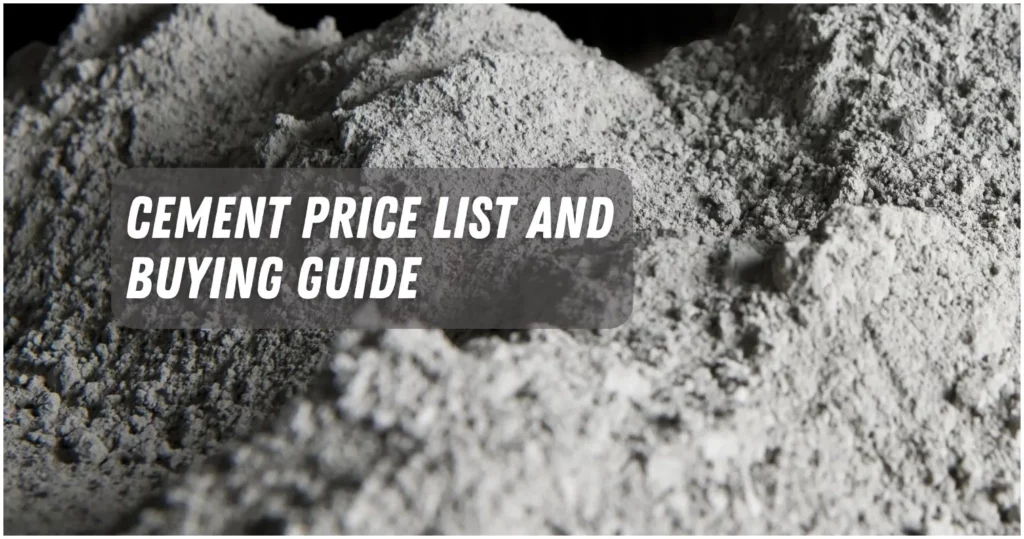PVC pipe might be a good option if you need a plumbing and sanitary system that is both durable and affordable in terms of price and adaptability.
This article will give you an overview of the PVC pipe price in Philippines that usually ranged from ₱68.50 to ₱1200.
Also some tips on how to choose the right type and size of PVC pipe for your needs.
What is a PVC pipe?
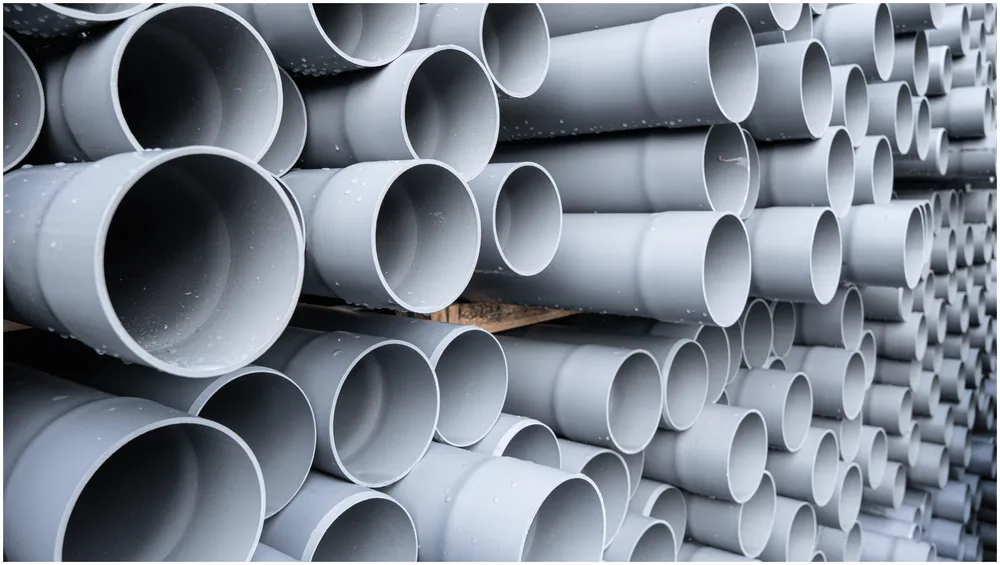
PVC pipe is a type of plastic pipe made from polyvinyl chloride, which is a thermoplastic material. It is better than other kinds of pipes in a number of ways, such as:
- It is light and easy to install, move, and work with.
- It can stand up to corrosion, wear, chemicals, and even living things.
- It has a smooth surface that makes it easier to move and keeps water from escaping.
- It lasts for a long time and can be reused.
- It’s easy to get and doesn’t cost much.
PVC Pipe Standard Size
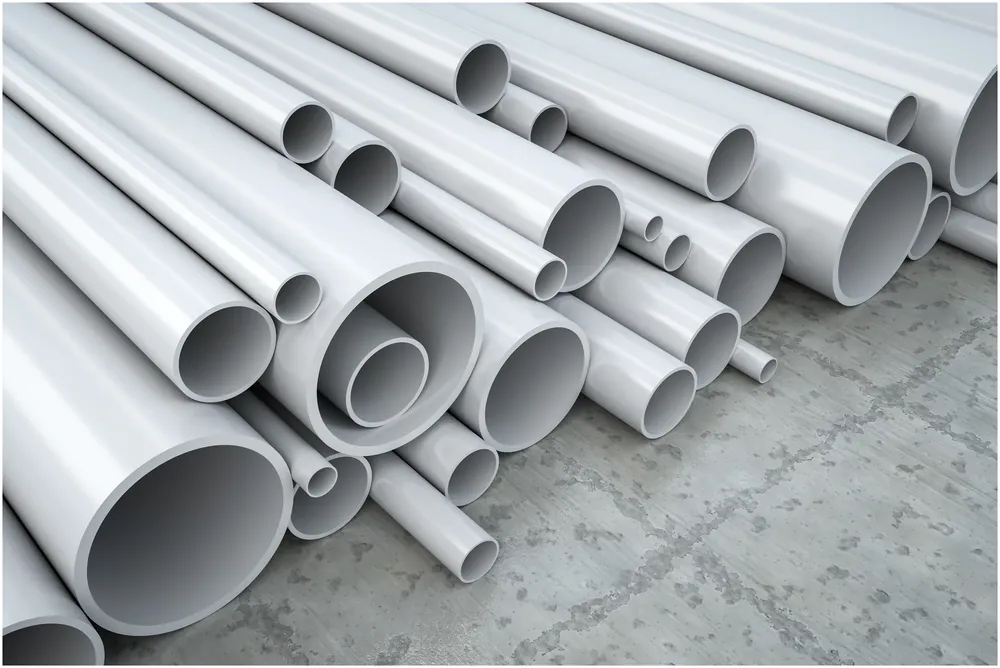
In the Philippines, the size of a PVC pipe is based on its nominal diameter (DN) or its outside diameter (OD). Most PVC pipes come in the following sizes:
- DN 15 or 0.5 inch
- DN 20 or 0.75 inch
- DN 25 or 1 inch
- DN 32 or 1.25 inch
- DN 40 or 1.5 inch
- DN 50 or 2 inch
- DN 65 or 2.5 inch
- DN 80 or 3 inch
- DN 100 or 4 inch
- DN 150 or 6 inch
PVC pipe is usually 3 meters long, but it can be cut into shorter or longer lengths as needed.
PVC Pipe Type
There are different kinds of PVC pipe based on the wall thickness, pressure rating, and color. These are the most common kinds of PVC pipe:
uPVC Water Main Line Pipes and Fittings
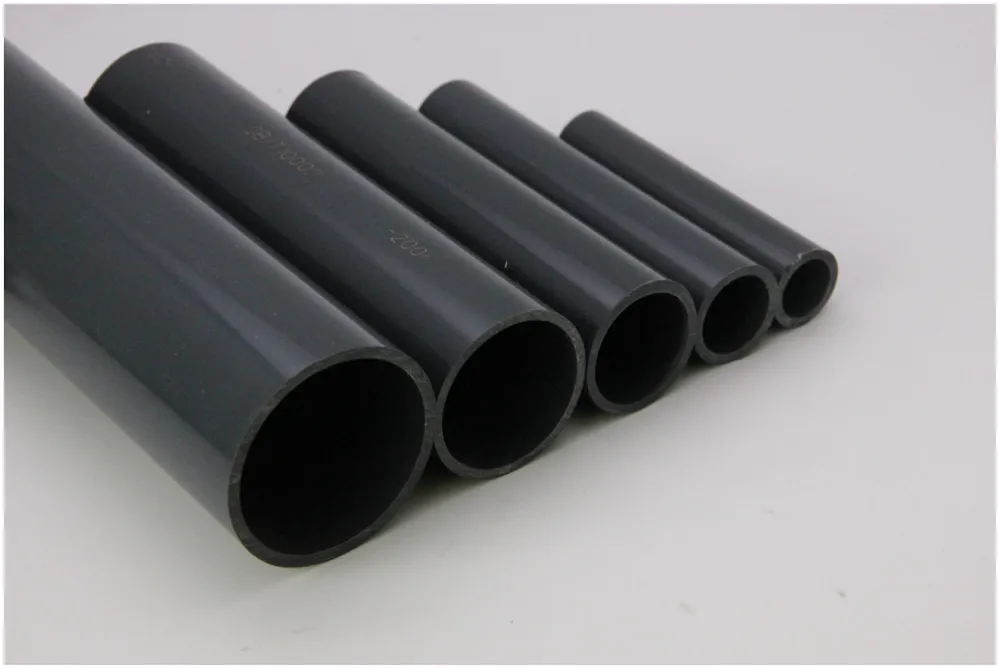
uPVC pipes are long-lasting, UV-resistant, and ideal for sewage and drainage systems. They have smooth walls that allow for easy water flow.
cPVC Pipes for Potable Water Systems
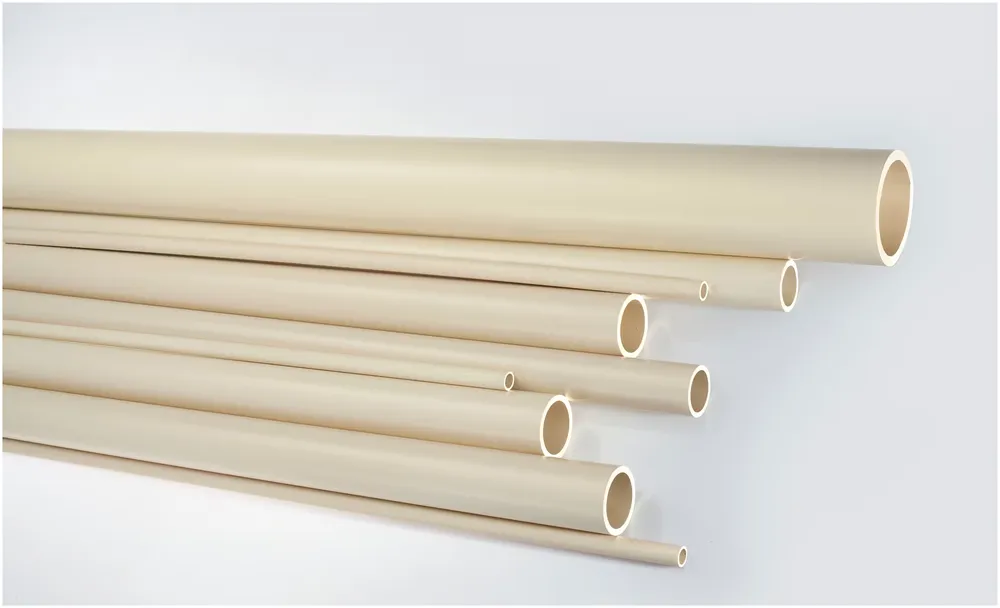
cPVC pipes are corrosion-resistant, long-lasting, and safe to drink. They can withstand a wide range of temperatures and are recyclable.
PVC Blue Pipes for Potable Water Systems
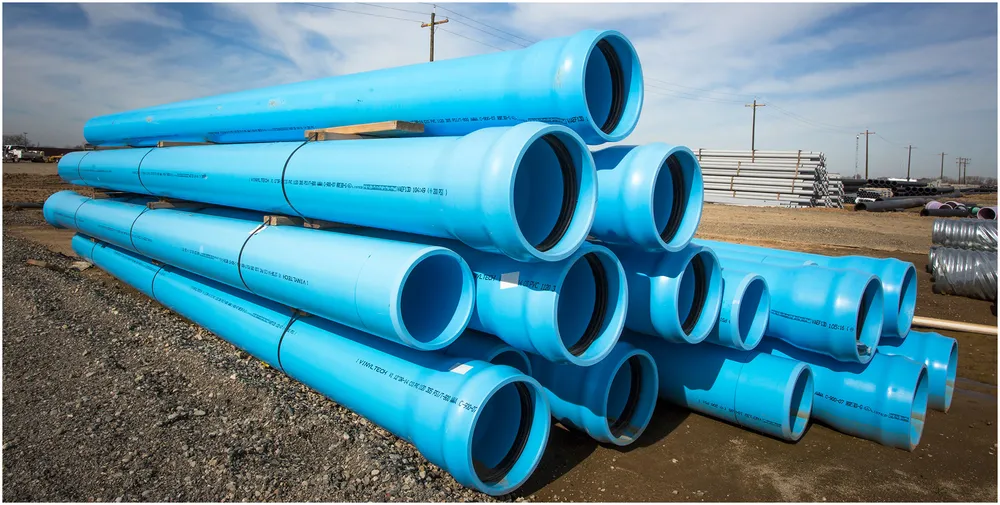
PVC blue pipes or oPVC are fatigue and crack resistant, as well as highly impact resistant. They protect against biofilm contamination and provide long-term cost savings.
Electrical PVC Red-Orange Pipes
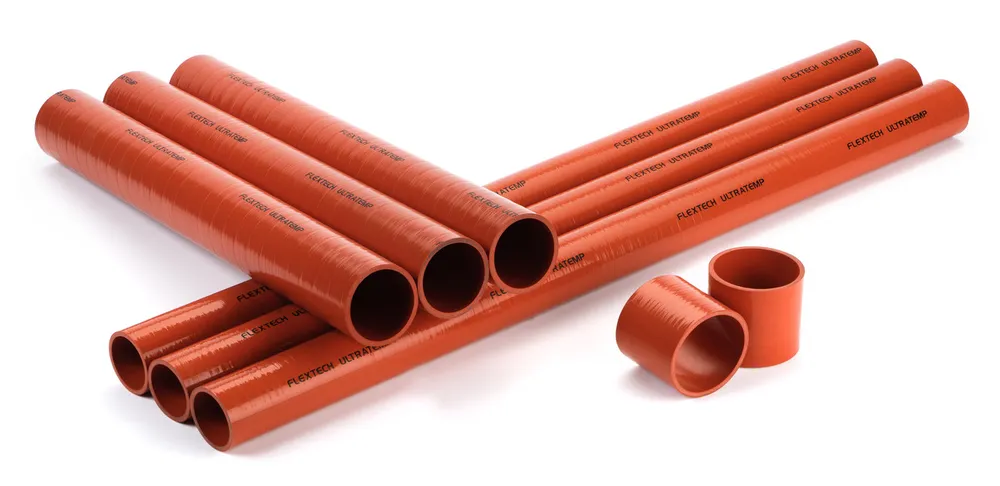
PVC red-orange pipes are flame retardant, non-conductive, and able to withstand high temperatures. They guarantee the safety of electrical applications.
Sanitary PVC Orange Pipes
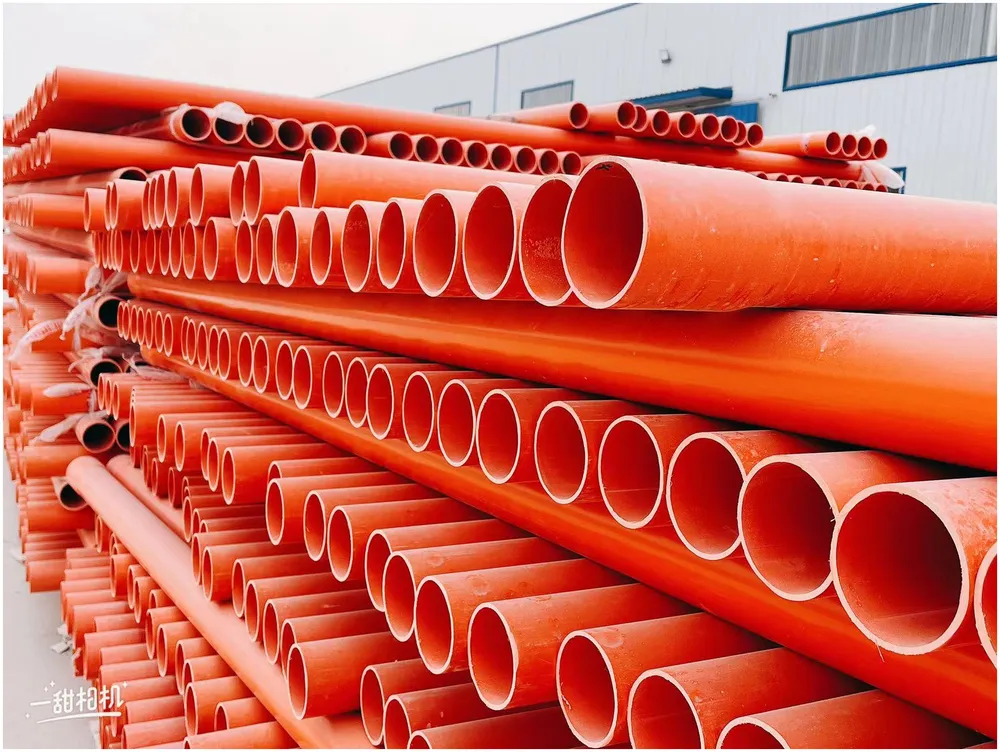
PVC orange pipes are corrosion-resistant, chemical-resistant, and flame retardant. They have a smooth surface, which reduces water flow resistance and increases pressure.
There are many different kinds of PVC pipe on the market, like Series 600, Series 1000, oPVC, and modified PVC.
You can choose from all of them based on your project’s use and wants.
Philippines PVC Price List
In Philippines, the price of PVC pipe depends on the brand, quality, size, and seller.
But, to give you an idea of what the average price of PVC pipe is in the Philippines, here are some examples based on online sources:
| Type and Brand | Size | Price |
|---|---|---|
| PVC Pipe | 0.5 inch | ₱68.50 |
| PVC Electrical Conduit Neltex | 0.5 inch | ₱79 |
| PVC Pipe | 0.75 inch | ₱92.25 |
| PVC Electrical Conduit Neltex | 0.75 inch | ₱110 |
| PVC Pipe | 1 inch | ₱115.00 |
| PVC Electrical Conduit Neltex | 1 inch | ₱150 |
| PVC Pipe | 1.5 inch | ₱205.10 |
| PVC Pipe | 2 inch | ₱299.40 |
| PVC Pipe | 2.5 inch | ₱343.40 |
| PVC Series 600 Saniguard | 0.5 inch | ₱350 |
| PVC Series 1000 Neltex | 4 inch | ₱357 |
| PVC Series 1000 Saniguard | 0.5 inch | ₱380 |
| PVC Pipe | 3 inch | ₱463.70 |
| PVC Pipe | 3.5 inch | ₱569.05 |
| PVC Pipe | 4 inch | ₱631.70 |
| PVC Series 600 Saniguard | 0.75 inch | ₱650 |
| PVC Series 600 Saniguard | 1 inch | ₱800 |
| PVC Series 1000 Saniguard | 0.75 inch | ₱800 |
| PVC Series 1000 Saniguard | 1 inch | ₱1,200 |
These prices could change at any time and depend on where you are, what’s available, and how much demand there is.
Advantages and Disadvantages of PVC Pipe
Like any other material, PVC pipe has both good and bad things about it that you should think about before you buy it. Here are a few examples:
Advantages:
- PVC pipe is strong and can hold up to bad weather.
- PVC pipe is easy to put in place and doesn’t require much care.
- PVC pipe is cheap, and it can help you save money on work and materials.
- PVC pipe is good for the earth and can be used again.
Disadvantages:
- PVC pipe can be broken by high heat or ultraviolet light.
- PVC pipe can crack or break if it is put under too much stress or hit hard enough.
- If PVC pipe isn’t thrown away properly, it can leak chemicals into the water or dirt.
Things You Should Know About PVC Pipe
- Why is PVC pipe used for plumbing?
Plumbing uses PVC pipe because it is long-lasting, inexpensive, and versatile. It does not corrode and is chemically resistant, making it suitable for both indoor and outdoor plumbing. PVC pipes also have a smooth surface, which reduces friction and water loss, resulting in greater efficiency. - Is PVC waterproof?
PVC is, indeed, waterproof. It neither absorbs nor allows water to pass through it. However, when exposed to high temperatures or UV rays, it can degrade, resulting in cracking or discoloration. When working with water or moisture, use PVC with caution. - How strong is PVC pipe?
PVC pipe has a high tensile strength, which means it can withstand tension or pulling force. However, it is not particularly impact resistant. PVC pipe can crack or break as a result of excessive stress or impact. - What is the difference between PVC and plastic pipe?
PVC is a type of polyvinyl chloride-based plastic pipe. Plastic pipe is a catch-all term for pipes made of various synthetic materials. Each type of plastic pipe has its own set of characteristics and applications. - How long will PVC pipe last?
Properly installed and maintained PVC pipe can last 50 to 100 years or more. The actual lifespan depends on factors such as PVC material quality, pressure rating, usage, environmental conditions, and exposure to sunlight, heat, chemicals, or biological agent


